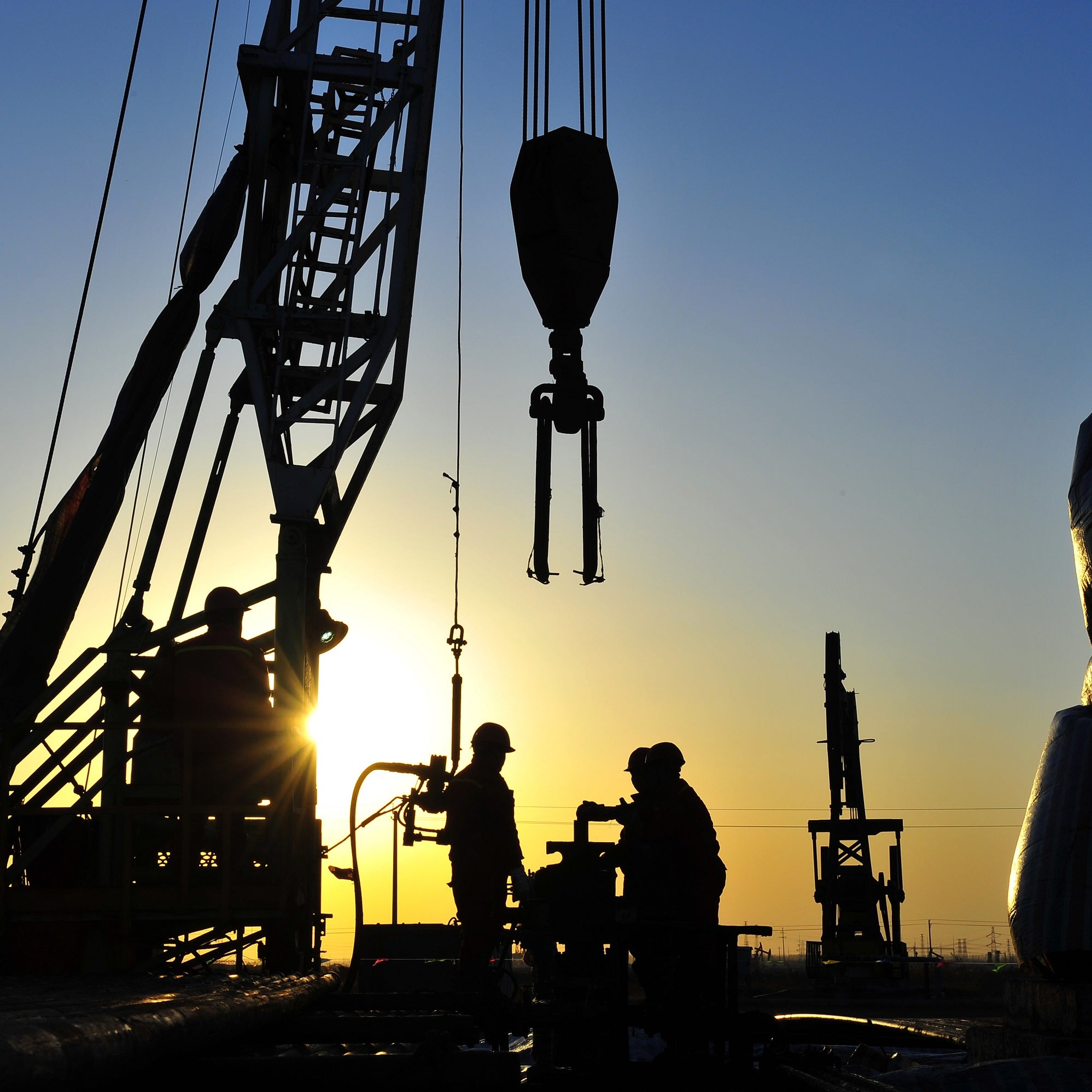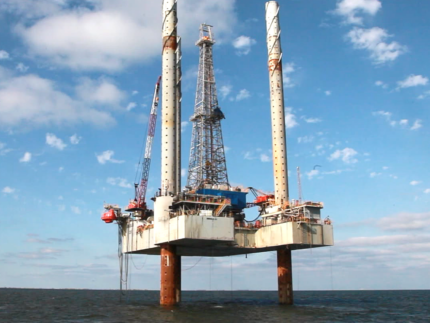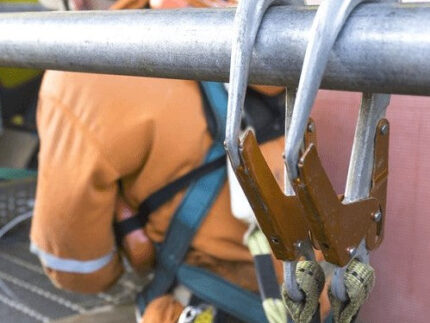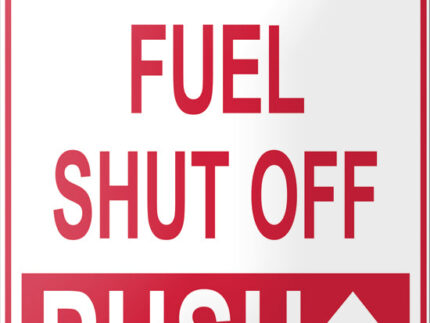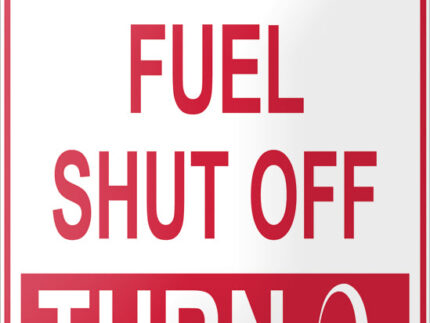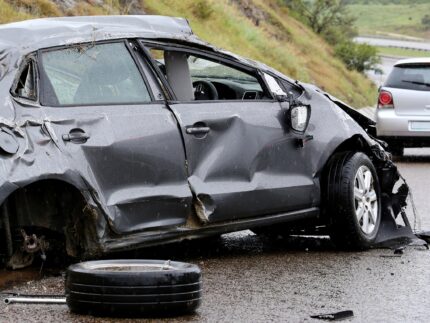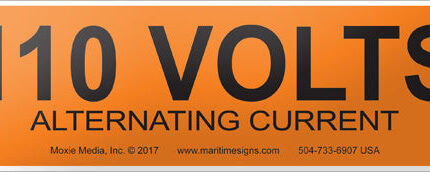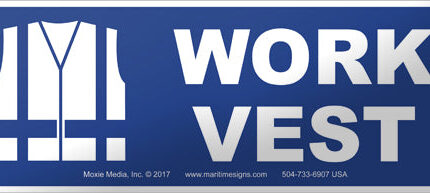Safe Rigging Practices and Procedures for the Offshore Oil and Gas Industry
Preview
Description
Improper rigging practices have led to the deaths and injuries of many workers in the oilfield industry. This is often due to support personnel such as riggers, roughnecks, and deck hands not knowing the correct method of securing certain loads, overloading rigging components beyond their lifting capacities, and getting caught between unpredictable moving loads.
It is essential that riggers are familiar with the various rigging components and procedures for lifting loads, and be able to classify and understand their capabilities.
This instructional material is based on API RP 2D, the American Petroleum Institute’s Recommended Practices for Operation and Maintenance of Offshore Cranes. The American Petroleum Institute is the major United States national trade association representing the entire petroleum industry: exploration and production, transportation, refining, and marketing.
This Recommended Practice is intended to serve as a guide to crane owners, operators, and riggers in developing operating and maintenance practices and procedures for use in the safe operation of pedestal mounted revolving cranes on bottom supported and floating offshore rigs. API RP 2D has been incorporated by reference into MMS and U.S. Coast Guard Codes of Federal Regulations and are enforceable by the laws of the United States.
API 2P 2D is not the only requirement for offshore cranes worldwide. Many other key standards exist within Europe, Australia and Southeast Asia.
Languages Available:
- Arabic
- English
- French
- Portuguese
- Spanish
Sku: MOX-OFF-SfRigPracRigTr4
